Pest Library
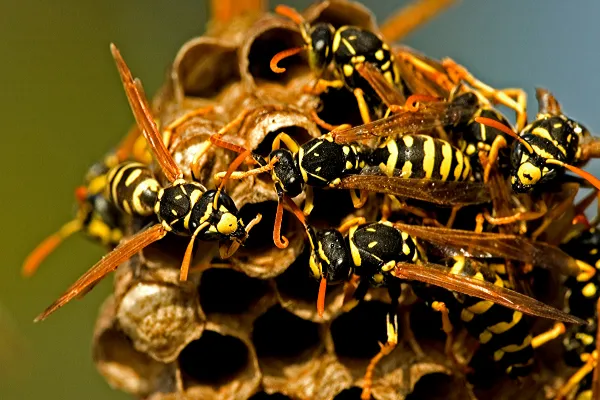
Paper Wasps
European paper wasps are very attentive to potential threats to their nests. They can detect movement at 12 to 20 feet from the nest but fortunately do not typically attack unless people are very close (inches away). However, since they prefer to hide their nests within voids and other enclosures, this behavior increases the risk for unpleasant encounters. An unsuspecting homeowner may be stung, for instance, while attempting to change a lightbulb for an outside fixture, or while painting or removing window shutters.
Treatment:
Active and inactive nests are knocked down with webster pole up to 20’ high. Active nests that are on lower level of home may be treated with aerosol, liquid or dust treatments depending upon inspection.
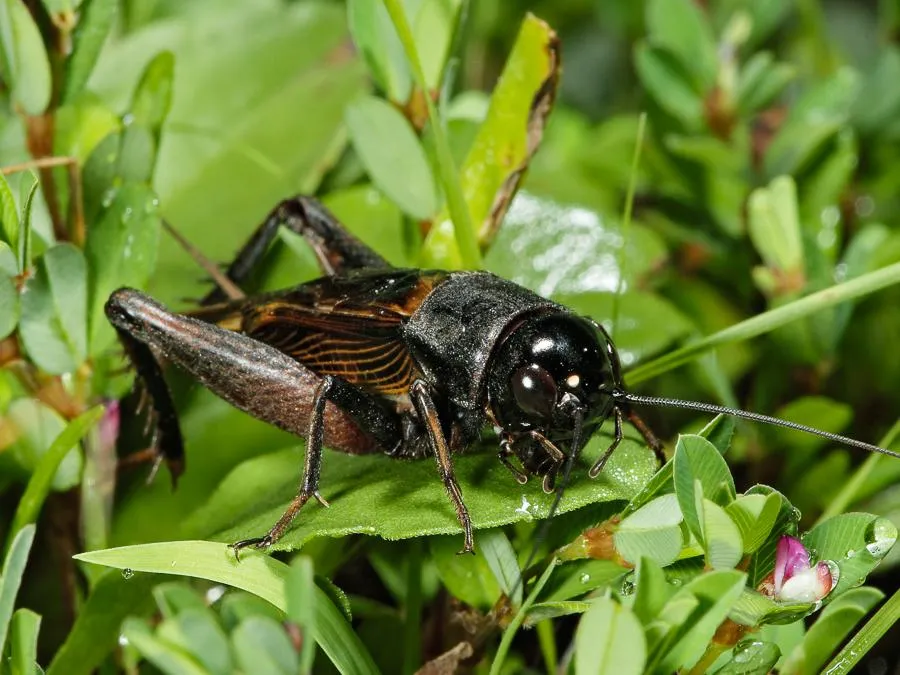
Crickets
Both House and field crickets commonly invade homes. When present in large numbers, crickets are a considerable annoyance and can cause damage to fabrics such as linens, rayon and furs. They will also attack paper, all kinds of foods and even rubber. In summer months swarms of crickets will flood to commercial buildings and structures with bright lights causing heavy annoyance with business owners and consumers.
Treatment:
We spray the outside perimeter of structures, damp areas, flowerbeds, garbage cans, doors and windows with a residual pesticide. Additionally, mulch beds and other damp areas are also treated with a bait granulation to lure them out of the soil and onto the poison.
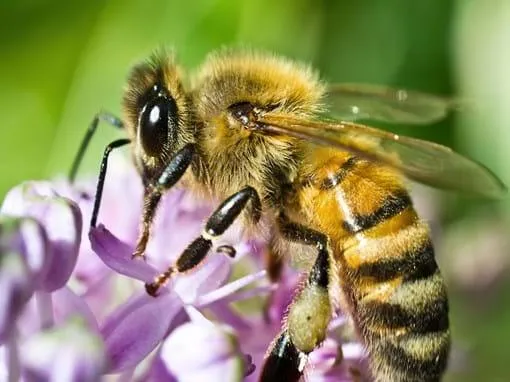
Honey Bees
Honey bees can be a serious pest when they establish a nest inside a structure. If the nest becomes well established, large amounts of wax and honey may collect within the wall. Bees keep the wax cool by constantly fanning it with their wings. If the bees die the wax will melt and cause permanent damage and staining to a structure and cause the honey to seep into the home. The honeys presence may also attract bees from other colonies and various pests.
Treatment:
Prime does not treat for honey bee’s whether inside or outside the home. Customers should contact local beekeepers who will remove and relocate nests to keep a healthy population of pollinators.
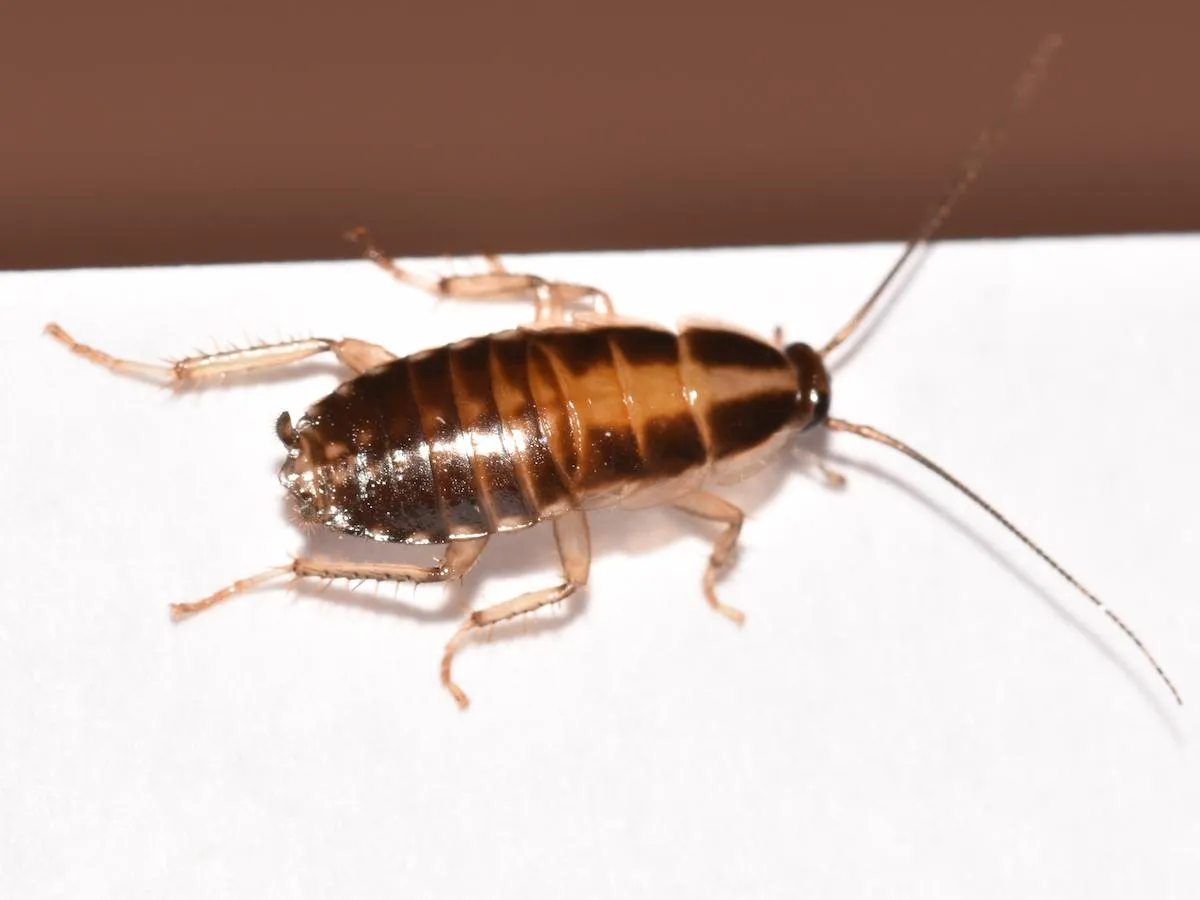
German Roaches
The German cockroach is the most common roach species in houses, apartments and businesses. Roaches produce odorous secretions in their bodies that when gathered in large bodies can add an odor to the home and can change the flavor of foods. Cockroaches carry a variety of protozoa and other microorganisms in their bodies which can be involved in spreading diseases to humans. Cockroach excrement (or frass) contains a number of allergens which humans can react to such as skin rashes, watery eyes, and sneezing.For some individuals who have chronic lung diseases such as asthma, allergic attacks to cockroach allergens can be very serious and life threatening.
Treatment:
Structure must be thoroughly inspected to find all common areas where German roaches are infesting. A combination of baits, dust, IGR’s and sprays, and aresol’s are needed. Follow-ups will be set up every 2-4 weeks until the problem is solved.
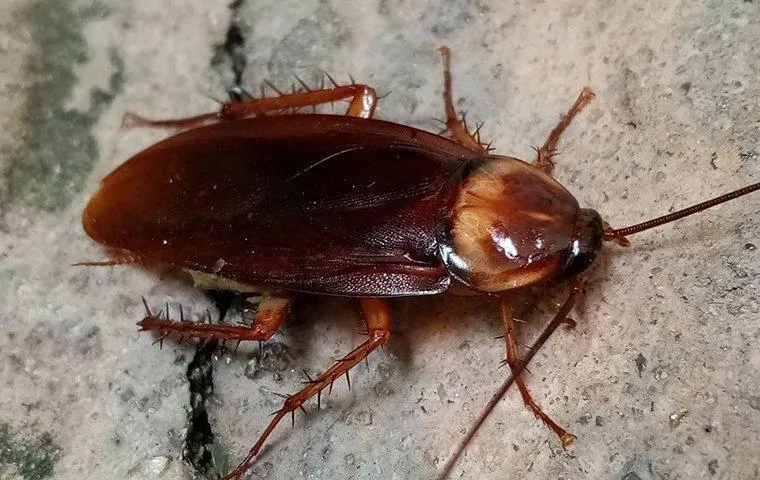
American Roaches
Cockroaches produce odorous secretions in their bodies that when gathered in large bodies can add an odor to the home and can change the flavor of foods. Cockroaches carry a variety of protozoa and other microorganisms in their bodies which can be involved in spreading diseases to humans. Cockroach excrement (or frass) contains a number of allergens which humans can react to such as skin rashes, watery eyes, and sneezing. For some individuals who have chronic lung diseases such as asthma, allergic attacks to cockroach allergens can be very serious and life threatening.
Treatment:
Perimeter treatments using residual insecticide formulations to prevent cockroach entry into structures. Also focus treatments on any areas in landscape where they have been spotted. Additionally, we use bait granular in conjunction with residual pesticides to lure them out of their hiding spots and infect them.
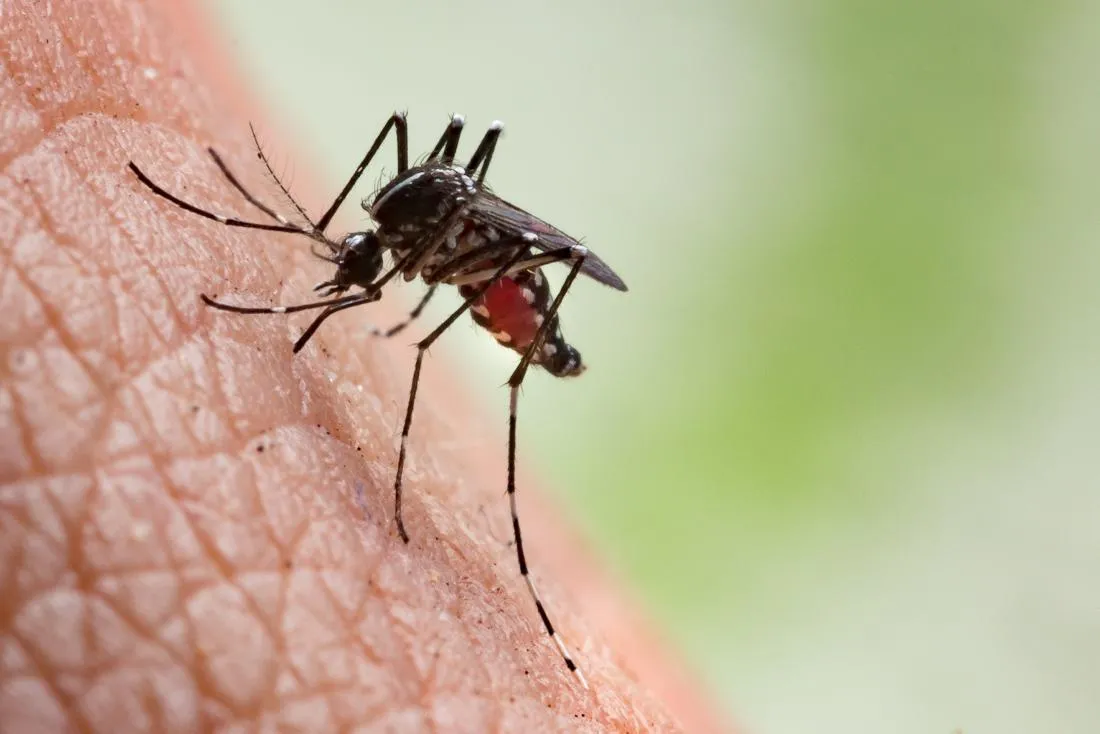
Mosquitos
Mosquitoes are not only a nuisance and annoying pest but are vectors of pathogens that cause diseases that affect humans and domestic animals. Included in these diseases are malaria, yellow fever, West Nile Virus and encephalitis. Extensive control measures by public health officials have virtually eliminated all but encephalitis (which is an inflamed brain which causes severe headaches and confusion) as a problem.
Treatment:
We implement monthly yard misting in conjunction with mosquito traps to effectively control your mosquito problem.
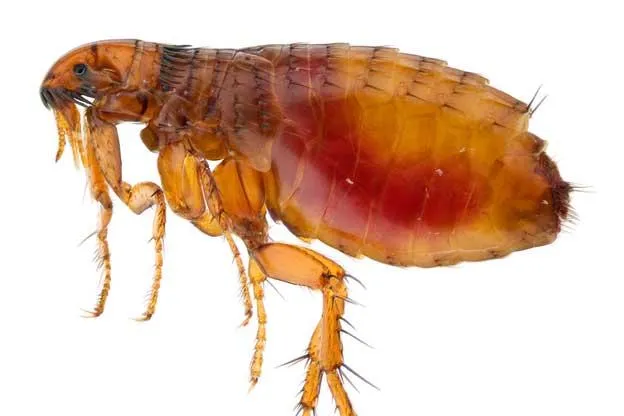
Fleas
Fleas are insect pests to humans and their domestic animals all over the world. While most fleas prefer non-human hosts, many can feed readily on humans when infestations are heavy or when other hosts aren’t available. Fleas are ectoparasites which live on another organism and obtain nourishment during all or part of its life from it. Fleas can carry disease causing organisms such as bacteria, protozoans, rickettsia or viruses from one host to another.
Treatment:
We mist the entire yard with a flea specific pesticide to stop flea infestations before they start. If the problem has progressed into the home we can then treat the carpeted areas were fleas breed. It is important to get treatment for your pets through your trusted veterinarian.
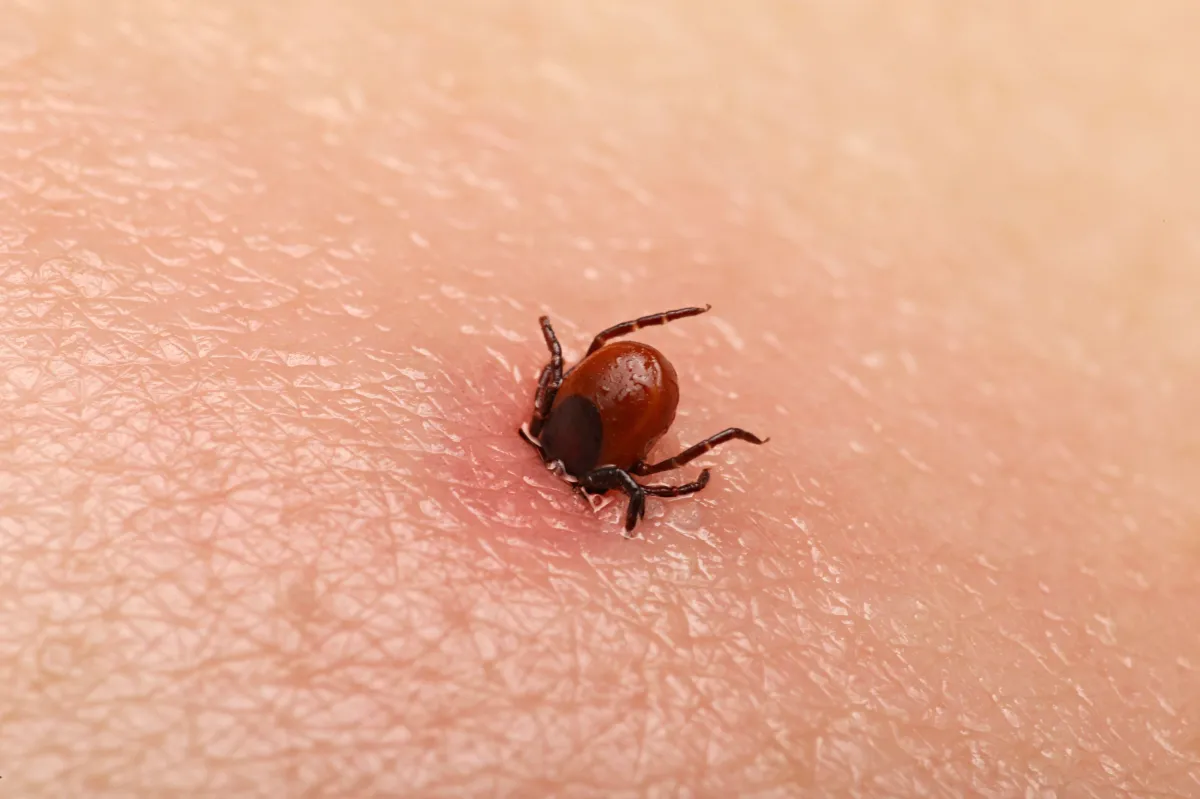
Ticks
Like mosquitoes and fleas, ticks are vectors of pathogens that cause diseases that affect humans and domestic animals.Certain ticks carry the casual organisms of such diseases as Rocky Mountain spotted fever, Lyme disease, relapsing fever, babesiosis, typhus and many others.Another threat posed by certain ticks is a condition called tick paralyses. This occurs during the feeding process when the host is afflicted with a paralytic condition that develops gradually, and may result in death.
Treatment:
We mist the entire yard with pesticides to stop flea infestations before they start. Our standard barrier spray products also stop ticks from making their way into your home.
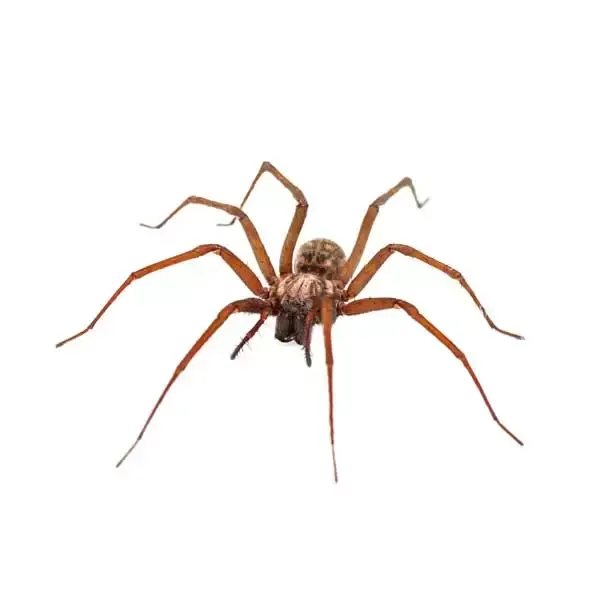
Spiders
Although the majority of spiders are non-venomous the mere appearance of a spider causes many people severe stress and anxiety.There are a few species that are venomous to humans and should be avoided by all measures. The Black Widow, Brown Recluse, Hobo and both small and large European house spiders can be found in most areas Aptive treats.The severity of a person's reaction to the bite depends on where on the body they were bit, the persons size and general sensitivity, bite depth, seasonal changes in venom potency and the temperature.
Treatment:
A full perimeter spray along the foundation of the home, rock gardens and retaining walls and a spot treatment of granules along shrubs and plant areas are needed to help reduce spiders getting into the home.
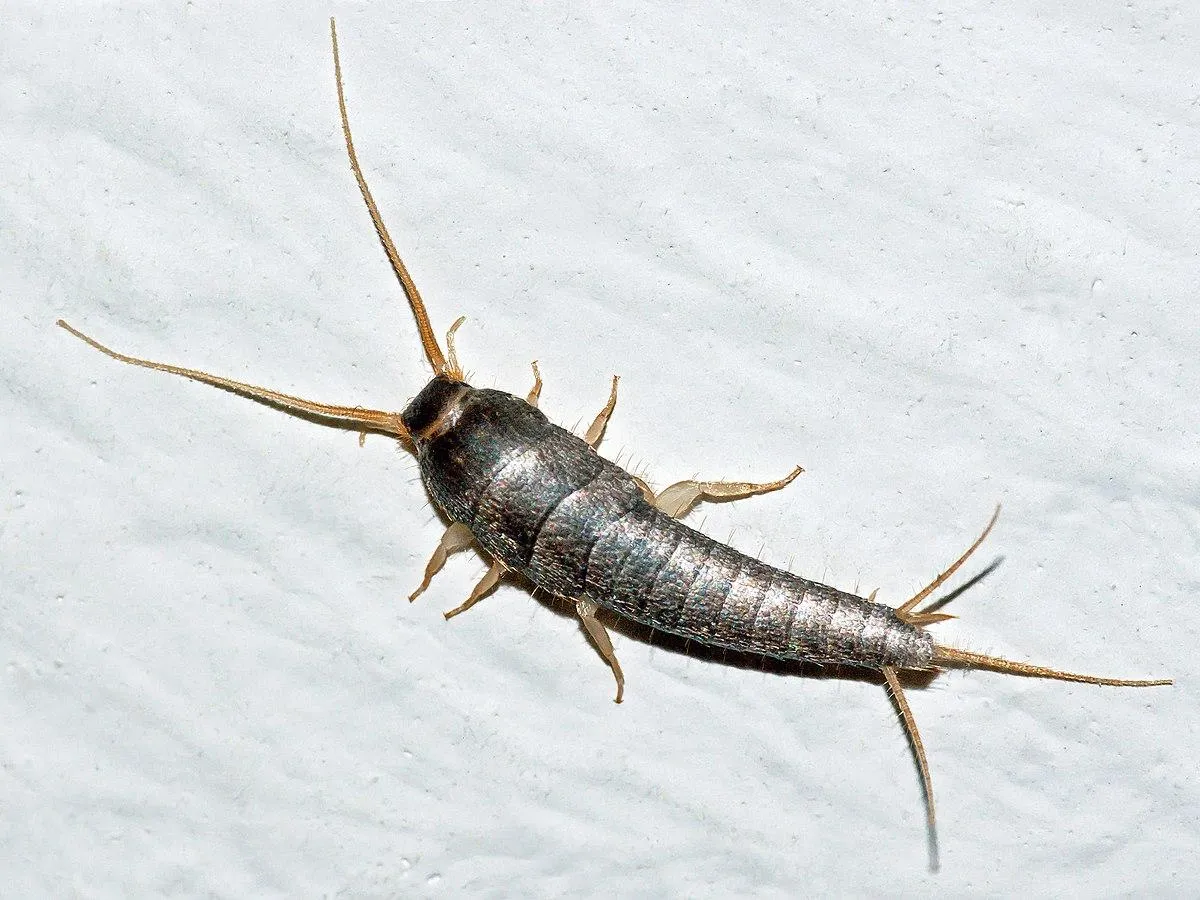
Silverfish
Silverfish are primarily a nuisance, but they do consume small amounts of human foods and contaminate them with their body scales and droppings.They can do considerable damage to some natural and synthetic fibers, books and other paper products. Their feeding marks are irregular, and often appear as a surface etching that may not even penetrate paper. They may also leave yellow stains, especially on linens.
Treatment:
Perimeter spray around foundation for firebrats. Using aerosols and placing Dekko silverfish packets near areas of high moisture like under kitchen and bathroom sinks.

Fire Ants
Fire ants have their name because their venom, injected by the ovipositor or stinger, causes intense irritation; it may cause severe reactions and even death in especially sensitive people. Fire ants are very active and aggressive, and may kill young wildlife or produce sores and nausea in humans.
Treatment:
Non-repellent products such as Taurus SC is the most effective way to treat Fire Ants. This is done by spraying a circle around the mound, allowing any workers to walk freely through the product spreading it amongst the colony when traveling back through the mound. We also use bait granular that then worker ants take back to the queen to kill the entire colony.
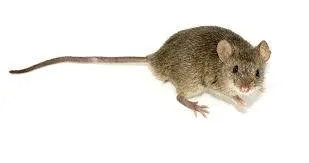
Rats & Mice
Experts estimate rats and mice destroy enough food by their urine, feces and fur for 200 million people annually. In our buildings rodents damage floors, doors, ceilings and walls as a result of their burrowing and gnawing activity. Because rodents dwell in sewers and garbage there are still cases today of human and animal diseases being transmitted by rodents. Those of most concern today are the spreading of mouse allergens, flea and mite-borne diseases, typhus, pox, rat-bite fever and food borne illnesses like salmonella and campylobacteriosis.
Treatment:
For rodent control we use snap traps and glue boards strategically placed in high areas of traffic. We also use bait boxes that are secured stations with poison blocks inside for mice to feed on outside. Bait stations can be added to poison rodents before they even get inside your home.
Contact Us
210 Exchange Pl NW Huntsville, AL 35806
726 Wade Hampton Blvd. Suite A Greenville, SC 29609
(256) 361-9385
(864) 442-4128
info@goprimepest.com



